
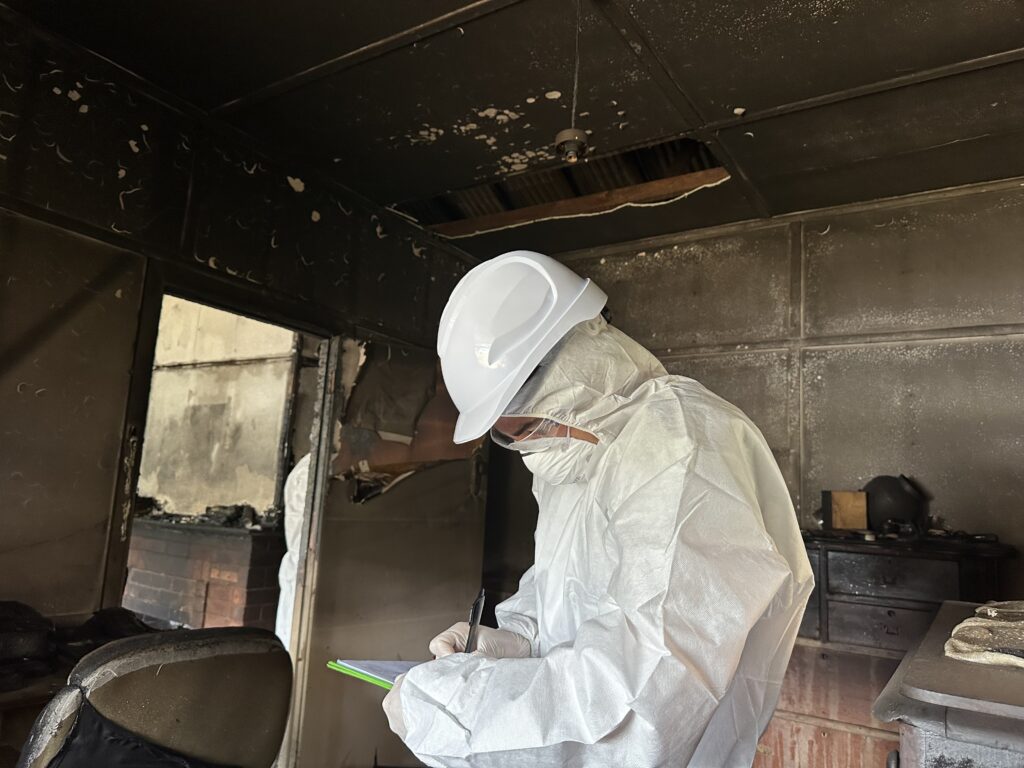
Occupational Hygiene Services by Certified Occupational Hygienist
Health Safety Consultants occupational hygiene team include certified senior occupational hygiene consultants that are experts in the field assisted with occupational hygiene technicians. The team members have been actively involved for over 20 years in various industries including manufacturing, construction, property and facilities management, property development, commercial sector and government.
SESA senior occupational hygienists hold the following level of membership and certification with the AIOH and/or international bodies:
- Certified Occupational Hygienist (COH), Full member of AIOH, Certified OHS Professional (COHSP) with the Australian Institute of Health & Safety (AIHS)
- Certified Industrial Hygienist (CIH) with the American Board of Industrial Hygienists (ABIH), Certified Safety Professional (CSP) with the Board of Certified Safety Professionals BCSP.
If you have an occupational hygiene or safety issue that requires investigation in the workplace and also in the non-occupational environment we are here to help. Our team of occupational hygienists and occupational hygiene technicians have the expertise to help you with the following:
- Dust air monitoring & exposure assessment (Licensed for air sampling in mines & quarries)
- Respirable crystalline Silica (RCS) air Monitoring & exposure assessment
- Welding fume air monitoring & exposure assessment
- Asbestos & Hazardous Materials
- Indoor Air quality Testing & Assessment
- Mould Inspection, Testing & Assessment and Remediation Management
- Workplace Noise Surveys, Dosimetry and Noise Contour Map
- Audiomeric Testing (screening) onsite with mobile audiometric suite
- Floor Slip Resistance Testing
- Asbestos Testing, Mould Testing, Soot Testing, Particle identification (NATA accredited Laboratory)
Click the contact icon below and submit your issue or concern . Our professional staff will review this information and respond to your request within 24 – 48 hours.
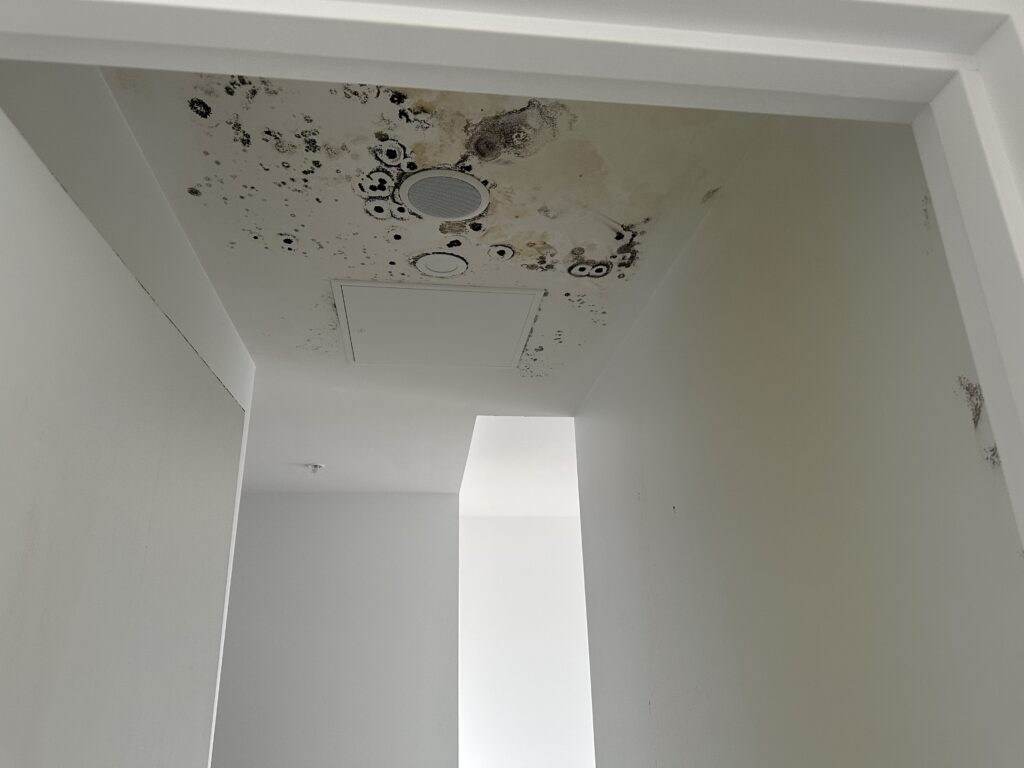
Occupational Hygienist Mould
In the last few years there has been increased awareness and concerns regarding exposure to indoor mould and potential health effects experienced by individuals who are more susceptible to mould exposure than others. This often required detailed assessment by a mould expert or occupational hygienist experienced in the assessment of exposure to indoor mould. Therefore, searching for the term “Occupational Hygienist Mould” became popular with individuals seeking a professional mould assessment by an occupational hygienist whether for litigation purposes or for a detailed scientific assessment and evaluation of difficult or complex indoor mould contamination.
Health Safety Consultants have a team of mould contamination experts who can assist you in all matters relating to mould inspection, testing & assessments.
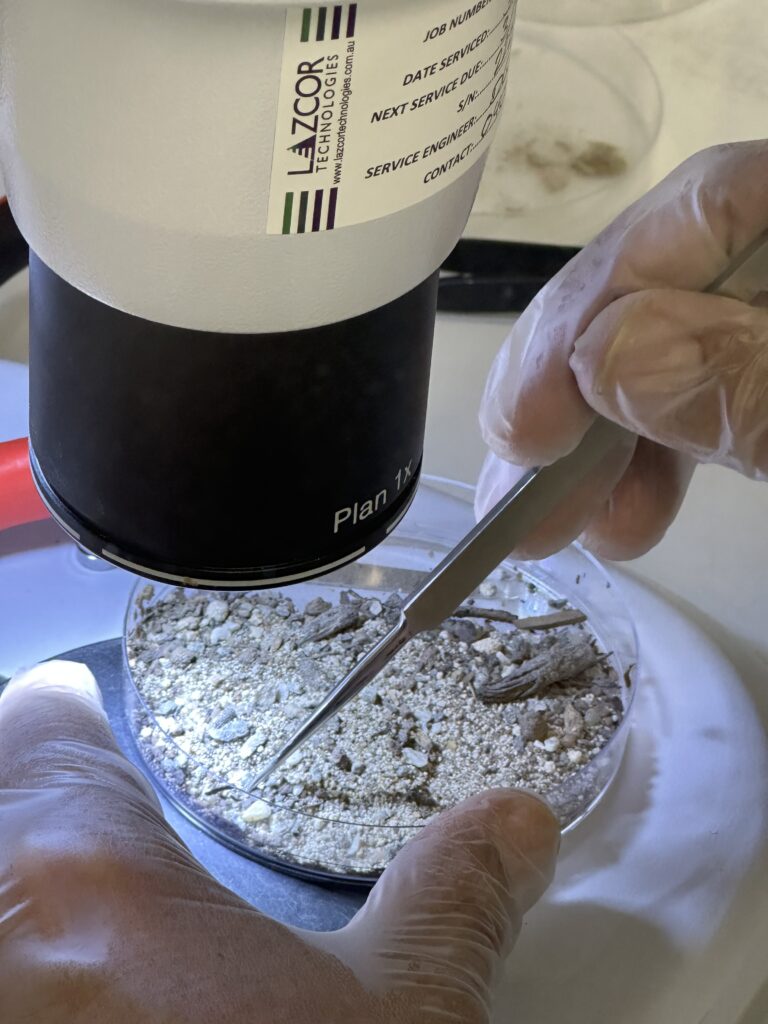
Occupational Hygienist Asbestos
Health Safety Consultants have a team of occupational hygienist and asbestos assessors licensed by SafeWork NSW who can assist you in all matters relating to asbestos consulting.
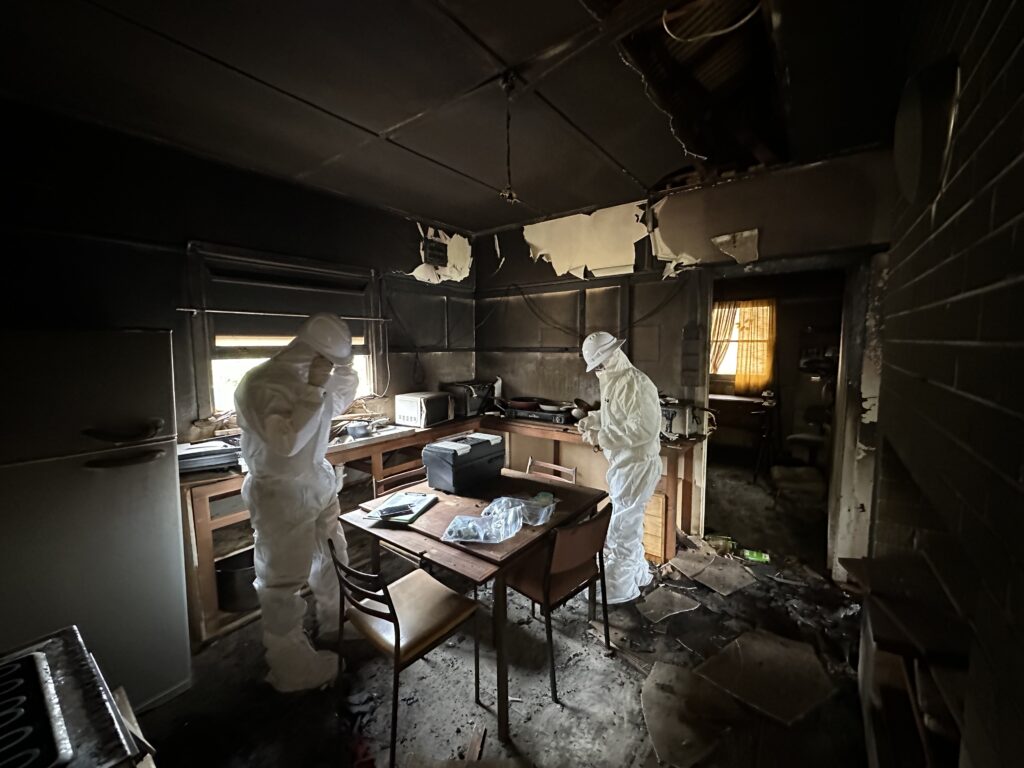
Occupational Hygiene Consultants
Occupational Hygienists are competent professionals who use their scientific and engineering knowledge and skills for the protection of workers from workplace hazards. Occupational hygienists may check work environments and processes and non-occupational environments for health and safety hazards related to:
- Chemical agents (eg. dust, fibres, gases, vapours)
- Physical agents (eg. heat, cold, noise, vibration, radiation, lighting)
- Biological agents (eg. viruses, bacteria, moulds, rodents)
- Psychosocial (eg. bullying, occupational violence, customer aggression).
What are the Qualifications and Training Required for an Occupational Hygiene Consultant
Since the term Occupational Hygienist has not been restricted by law, anyone, regardless of knowledge and competency, can call themselves an “Occupational Hygienist”. to aid employers and the public, The Australian Institute of Occupational Hygienists (AIOH) established membership and certification scheme for professionals interested and working in the field with several grades of memberships depending on the qualifications and experience.
The AIOH states that there are varying levels of training offered in the field of occupational hygiene. The level of training required will relate to the role of the occupational hygienist or technician performing the work. Training for occupational hygienists requires the successful completion of an acceptable degree in Science or Engineering (or an equivalent qualification) for consideration of one of the professional membership grades.
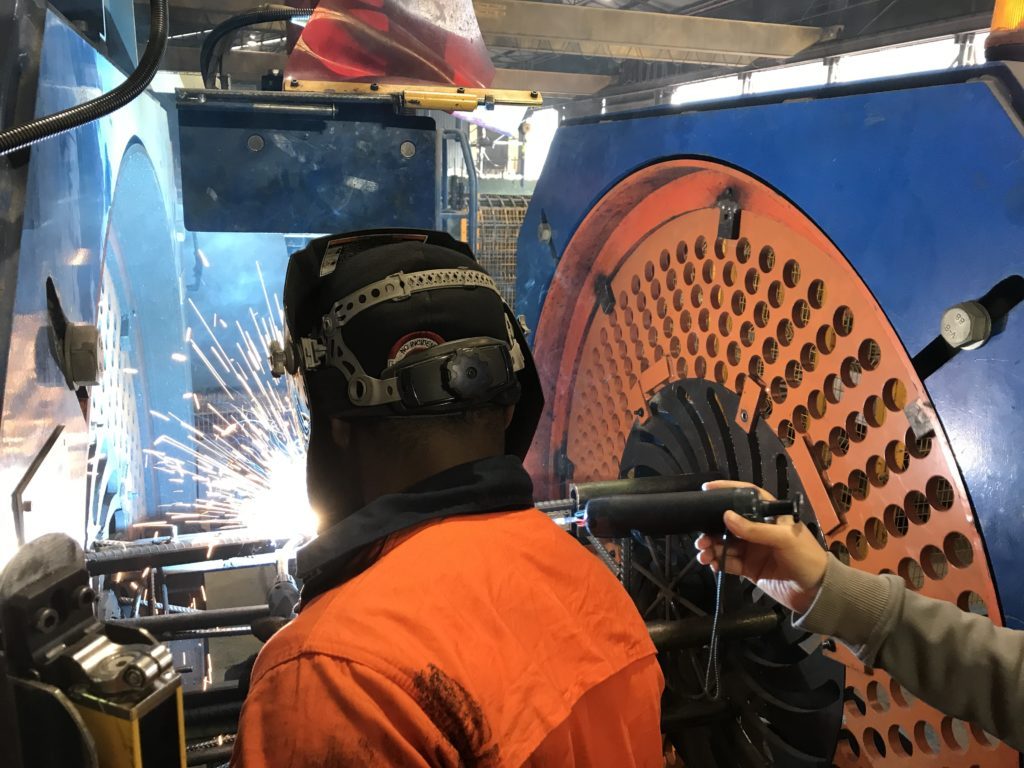
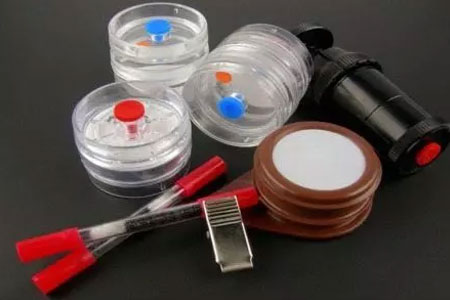
Occupational Hygiene Technicians
Occupational hygiene technicians role involves collecting measurements of worker exposure using established techniques, perform calibration of sampling equipment and required maintenance and either organise or perform laboratory analysis of samples collected. Technicians usually work under the supervision of a professional occupational hygienist.
Certified Occupational Hygienists
Certified Occupational Hygienist (COH) is the highest level of professional occupational hygiene expertise recognised by the AIOH and international agencies. Certification is an internationally recognised badge of competence, benchmarked with standards applicable in other parts of the world. The American Board of Industrial Hygienists (ABIH) certification is the Certified Industrial Hygienist (CIH). Other international institutions have different designations.
Certified Occupational Hygienists usually undertake work where high level of expertise is required.
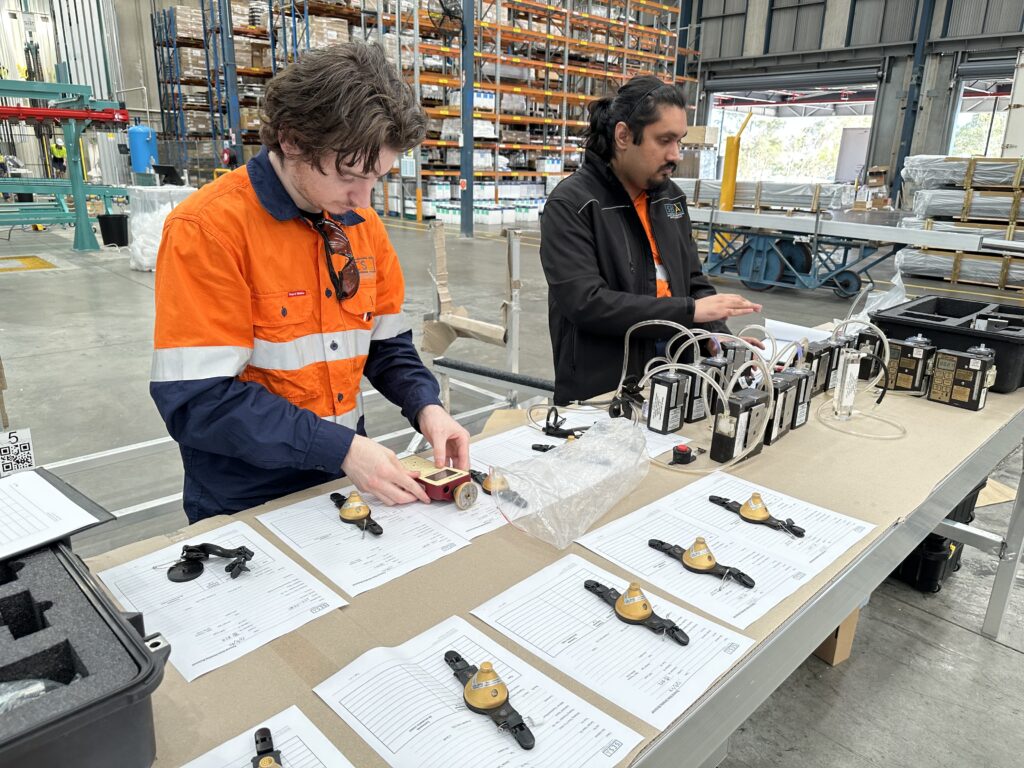
Duties and Responsibilities of Occupational Hygienists
Specific duties and responsibilities of the occupational hygienist may vary considerably from one job to another. In general, in the context of protecting the health and safety of workers, occupational hygienists:
- Observe processes, procedures and operating conditions both inside and outside work sites
- Develop strategies for evaluating the work site to determine the degree of risk
- Collect and analyse samples to assess worker exposure to physical, chemical and biological agents such as dust, fibres, asbestos, silica, bacteria, mould
- Use direct reading instruments, sampling techniques and other methods to measure levels of physical agents such as lighting, heat, noise, vibration and radiation
- Determine airborne exposure concentrations of contaminants and compare them to regulatory standards and guidelines and accepted occupational exposure criteria (eg. Safe Work Australia workplace exposure standards (WES), ACGIH TLV)
- Evaluate the effectiveness of control strategies implemented to protect against workplace exposures and hazards (eg. personal protective equipment, local extraction ventilation (LEV) systems)
- Interpret the results of exposure evaluations and determine risk to human health based on scientific research and recommend ways to control workplace hazards through engineering methods, improved work procedures and protective equipment.

